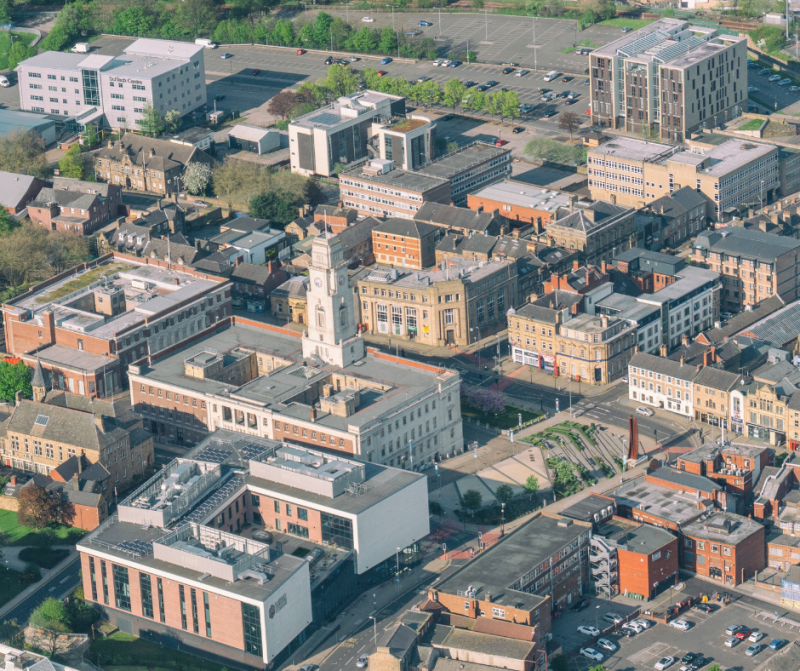The new NHS Test and Trace service launched across England on May 28 forms a central part of the Government’s coronavirus recovery strategy to help us all get our lives back to something like normal. The service will help identify, contain and control coronavirus, reduce the spread of the virus and save lives. Today we explain how the system will work and answer some of the key questions which have been raised by members of the public.
The NHS Test and Trace service will have the capacity to trace the contacts of 10,000 people who test positive for coronavirus per day and can be scaled up if needed.
The rollout of the service, which includes 25,000 contact tracing staff working with Public Health England, has been made possible by the rapid expansion of testing.
People who are contacted by the NHS Test and Trace service will be given clear information explaining what they must do and how they can access local support if needed, and the Department for Work and Pensions has announced that those having to self-isolate will be eligible for statutory sick pay if they are unable to work from home.
New guidance means those who have been in close contact with someone who tests positive must isolate for 14 days, even if they have no symptoms, to avoid unknowingly spreading the virus. Anyone who tests positive for coronavirus will be contacted by NHS Test and Trace and will need to share information about their recent interactions.
This could include household members, people with who they have been in direct contact, or within two metres for more than 15 minutes. People identified as having been in close contact with someone who has a positive test must stay at home for 14 days, even if they do not have symptoms, to stop unknowingly spreading the virus.
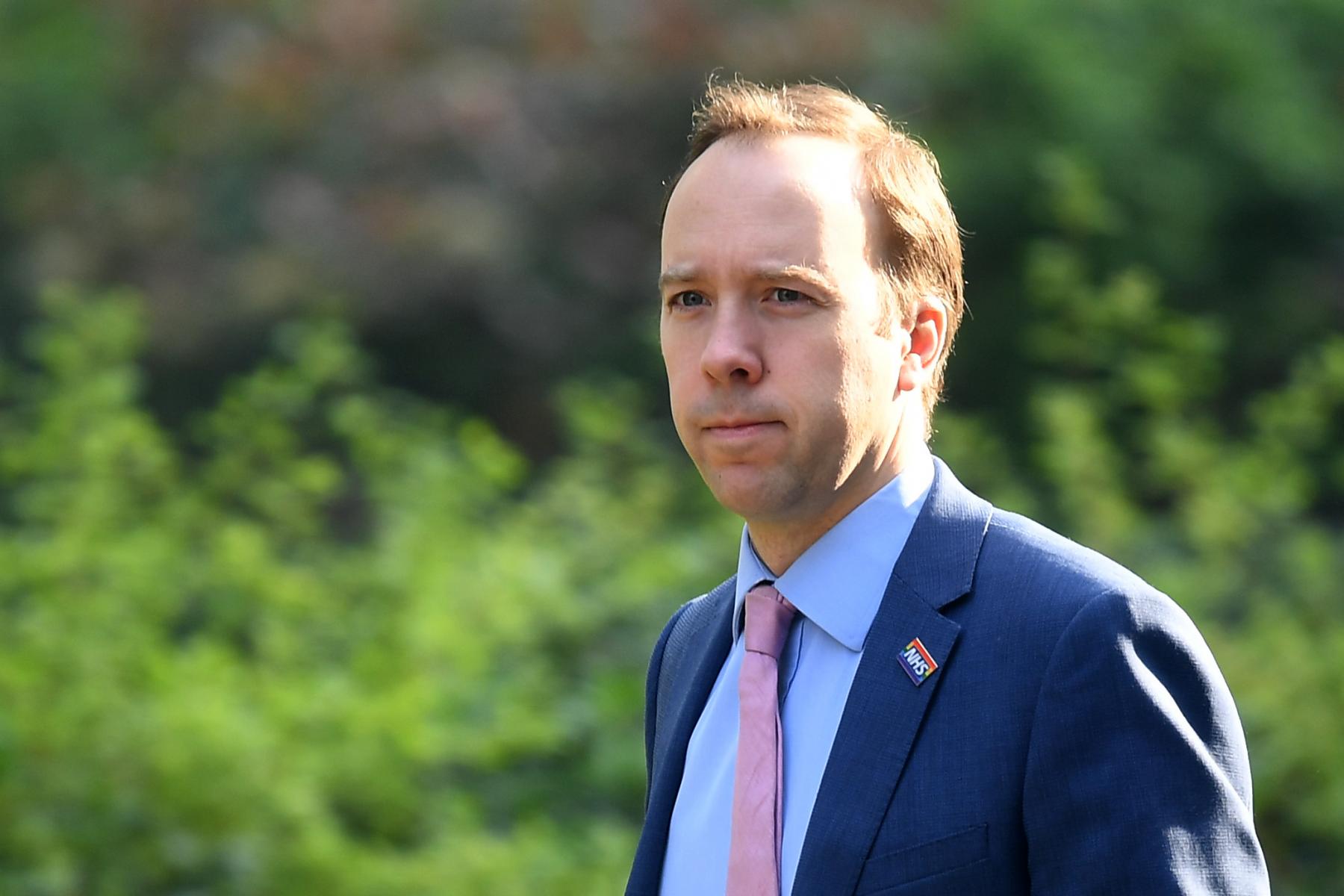
Dido Harding, who is executive chair of NHS Test and Trace, said: “NHS Test and Trace already employs over 40,000 people who are working hard to deliver both testing and contact tracing at scale.
This is no small achievement and I am hugely grateful to everyone involved. “NHS Test and Trace will not succeed on its own – we all need to play our part.
“Together we can help contain the virus, stop it spreading further and ultimately save lives.”
Health and Social Care Secretary Matt Hancock said: “NHS Test and Trace will be vital to stopping the spread of the virus. It is how we will be able to protect our friends and family from infection, and protect our NHS. This new system will help us keep this virus under control while carefully and safely lifting the lockdown nationally.”
‘I’m helping to reduce spread of the virus’
CASE STUDY
NHS NURSE
When the pandemic started, NHS nurse Josie Hitchen was taking a career break. In fact, she was in Bali, training to be a yoga instructor.
“I flew back into lockdown and responded to the fast tracking route on the NHS Professionals website,” she explains. “This took me straight back onto the ward at my local hospital in Middlesbrough as a nurse.”
Soon afterwards, NHS Professionals sent her email about openings for contact tracers. She said: “Public health promotion has always been something I’m interested in so I applied and I got a position.” She started training immediately – this involved everything from understanding the coronavirus to familiarising herself with data protection and the various systems used in tracing.
“I was also lucky enough to be involved in some roleplay calls before the system went live.” Josie now mixes nursing shifts with contact tracing shifts.
She has children and her husband is currently away. Her mother is a designated carer for her youngest (the others can go to school as she is a key worker) but the flexibility of shift work suits her well and fits around her family life.
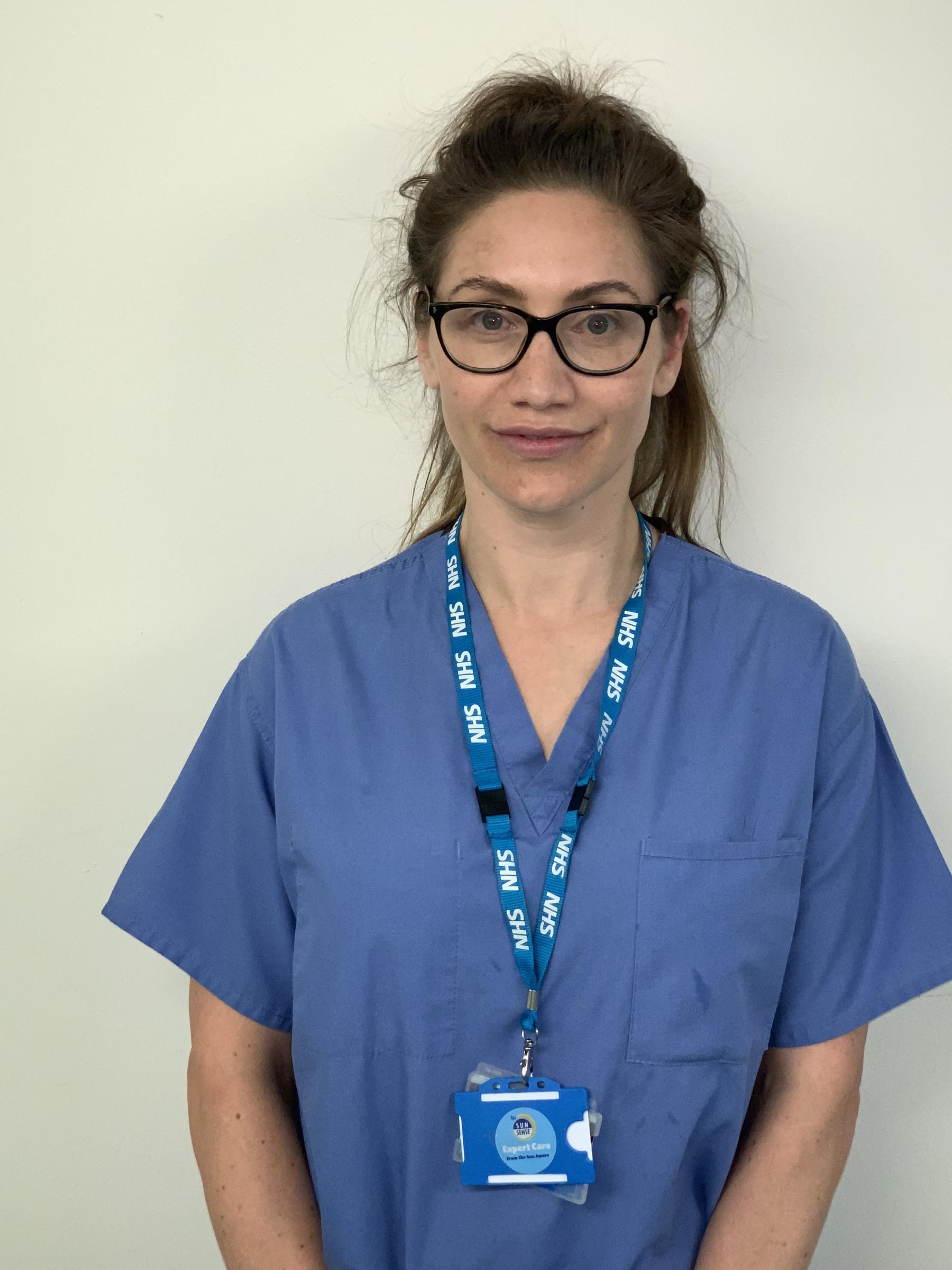
She has already contact traced 10 people. Josie said: “You log on to various systems and you get assigned cases. Then you run the record of the patient to get a bit of their information and prepare yourself. Next, you call them, explain who you are, where you’re calling from, what contact tracing will do, how it can help prevent the spread of the virus and ask if they’re happy to proceed.”
Next, the tracers take them through a questionnaire on a government website. This asks for details such as where they’ve been, who has been in the house with them, where they’ve worked and so on. People can fill these in this questionnaire themselves, but not everyone has a smartphone or is comfortable doing it unassisted. The average call takes about 45 minutes. Josie said: “I’m really enjoying it. It’s been very interesting to learn about the coronavirus and the systems we use and I’ve had lots of positive feedback.”
IF YOU HAVE SYMPTOMS…
STEP 1 - ISOLATE As soon as you experience coronavirus symptoms, you should self-isolate for at least seven days. Anyone else in your household should self-isolate for 14 days from when you started having symptoms.
STEP 2 - TEST You should order a coronavirus test immediately at nhs.uk/ coronavirus or call 119 if you have no internet access.
STEP 3 - RESULTS If your test is positive you must complete the remainder of your seven day self-isolation. Anyone in your household should also complete self-isolation for 14 days from when you started having symptoms. If your test is negative, you and other household members no longer need to isolate.
STEP 4 - SHARE CONTACTS If you test positive for coronavirus, the NHS Test and Trace service will send you a text or email alert or call you within 24 hours with instructions of how to share details of people you have been in close, recent contact with and places you have visited. It is important that you respond as soon as possible so that they can give appropriate advice to those who need it.
You will be asked to do this online via a secure website or you will be called by one of our NHS contact tracers.
■ More information on NHS Test and Trace is available at gov.uk/ coronavirus
IF YOU ARE CONTACTED…
If you are contacted because you have been in close contact with someone who has coronavirus:
STEP 1 - ALERT You will be alerted by the NHS Test and Trace service if you have been in close contact with someone who has tested positive for coronavirus. The alert will come either by text or email and you’ll need to log on to the NHS Test and Trace website, which is the easiest way for you and the service to communicate – but, if not, a trained call handler will talk you through what you need to do. Under 18s will get a phone call and a parent or guardian will be asked to give permission to continue.
STEP 2 - ISOLATE You will be asked to begin self-isolation for up to 14 days, depending on when you last came into contact with the person who has tested positive. It’s important to do this even if you don’t feel unwell, because it can take up to 14 days for the symptoms to develop. This will be crucial to avoid you unknowingly spreading the virus to others. Your household doesn’t need to self isolate with you, but they must take care to follow the guidance on social distancing and washing hands.
STEP 3 - TEST IF NEEDED If you develop symptoms, other members of your household should self-isolate and you should book a coronavirus test at nhs.uk/coronavirus or call 119 if you have no internet access. If your test is positive you must continue to stay at home for 7 days. If your test is negative, you must still complete your 14 day self-isolation period because the virus may not be detectable yet.
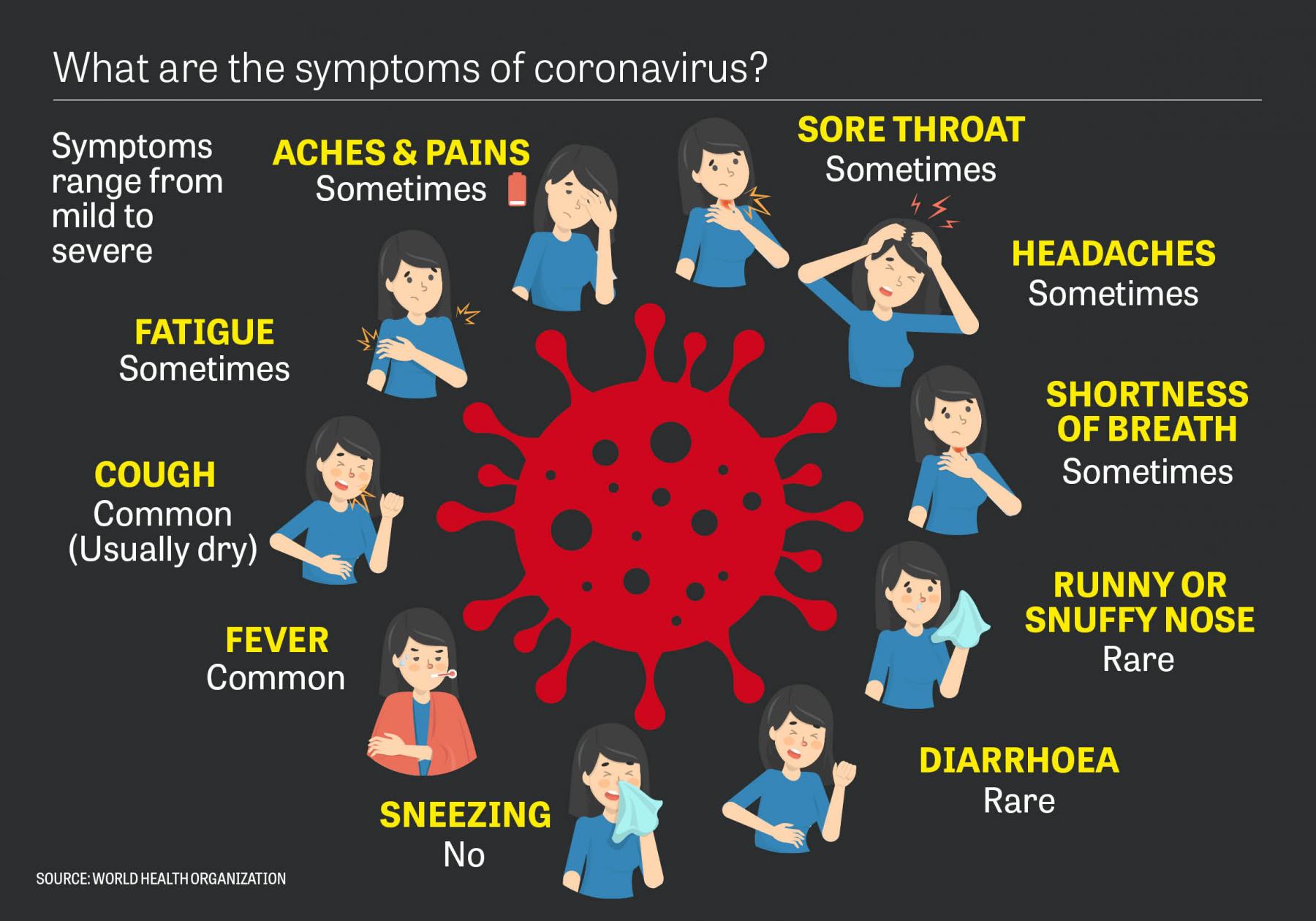
Common questions and their answers
What is Test and Trace? The NHS Test and Trace brings together testing, contact tracing and outbreak management into one service. It will play an important part in the wider strategy to save lives and to protect the health and care system as we start to move out of lockdown.
The more rapidly we can identify people who may have been at risk of infection and, if necessary, advise them to self-isolate, the more effectively we can reduce the spread of the virus and maintain transmission at low levels.
What is contact tracing? Contact tracing is a well-established method of preventing and controlling outbreaks such as measles and TB. Tracers work with a person who has an infection to help them remember everyone who they have had close contact with while they could have been infectious. They then contact and warn everyone who might be at risk, as quickly as possible, offering advice on how they should act in order to help prevent further spread.
What is a ‘contact’? A ‘contact’ is a person who has been close to someone who has tested positive for coronavirus (COVID-19) any time from two days before the person was symptomatic up to seven days from onset of symptoms.
How will you ensure all contacts are traced? Contact tracers will seek to contact all cases and contacts they can identify. The Covid 19 app will provide the added ability to warn contacts about people with coronavirus that they wouldn’t ordinarily be able to identify, such as a fellow passenger on a bus.
How do I share my contacts if I test positive? If you test positive for coronavirus, the NHS Test and Trace service will send you a text or email alert with instructions of how to share details of people you have been in close contact with and places you have visited.
Will people know it is me that exposed them to the risk of infection? The NHS Test and Trace service will not tell your contacts your name or details. It will simply tell them that they have been in close contact with someone who has tested positive for coronavirus and need to act.
If I don’t have symptoms can I leave self-isolation early? No, if you have been told you are a ‘contact’ you must self- isolate for 14 days from the date of your last contact with someone who tested positive for coronavirus.
NHS Covid-19 app
NHS Test and Trace national coordinator Professor John Newton said the project will be enhanced when the NHS COVID-19 app is launched.
He explained that to control the virus we still need to continue with social distancing and good hygiene, but we also now have a comprehensive test and trace service to stop new cases spreading. He said: “This approach will allow us to gradually return to more normal personal, social and economic lives while recognising that we have to stay alert and respond rapidly to any advice from the new service.
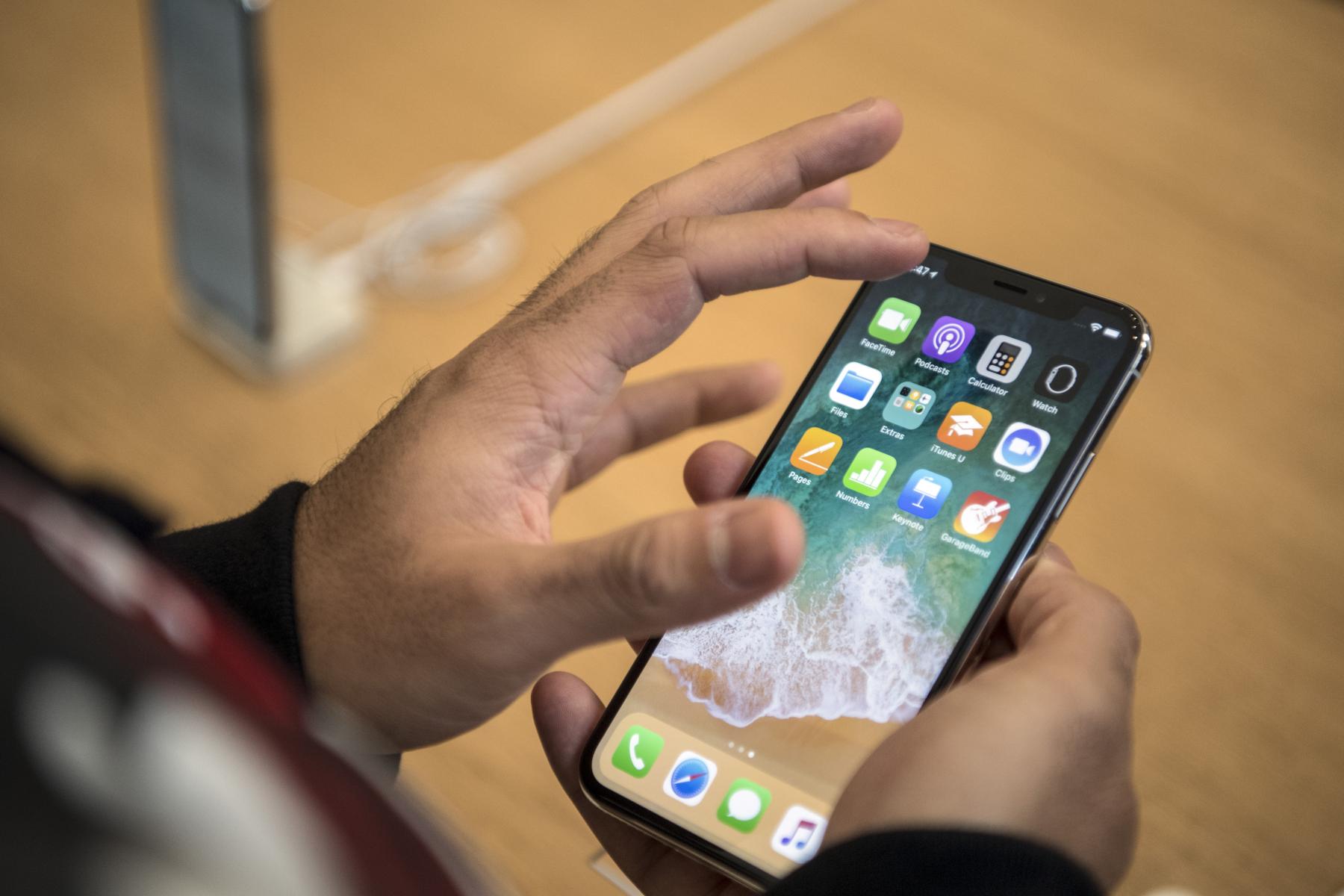
“Work continues on the NHS COVID-19 app following a successful rollout on the Isle of Wight. “There has been a positive reception to the test and trace system on the island with over 52,000 downloads in the first week.
“The app, which will form a part of the NHS Test and Trace service, is due to be launched in the coming weeks once contact tracing is up and running. “It will significantly extend the speed and reach of contact tracing, by helping to identify those who you may not know, such as someone sitting next to you on public transport. The app will also give powerful insights into the spread of the virus and how to contain it.”
All your details will be kept private and confidential
Information that people give to contact tracers will remain private and confidential. If you get a positive test, they will contact you and ask you to share information about any close contacts you had just before or after you developed symptoms. They will contact you by text message, email or phone.
CONTACT TRACERS WILL:
■ Call you from 0300 013 5000.
■ Send you text messages from ‘NHS’.
■ Ask you to sign into the NHS Test and Trace contact-tracing website.
■ Ask for your full name and date of birth to confirm your identity, and postcode to offer support while self-isolating.
■ Ask about the coronavirus symptoms you have been experiencing.
■ Ask you to provide the name, telephone number and/or email address of anyone you have had close contact with in the two days prior to your symptoms starting.
■ Ask if anyone you have been in contact with is under 18 or lives outside of England .
CONTACT TRACERS WILL NEVER:
■ Ask you to dial a premium rate number such as those starting with 09 or 087.
■ Ask you to make any form of payment or buy a product.
■ Ask for any details about your bank account.
■ Ask for your social media identities or login details, or those of your contacts.
■ Ask you for passwords or PINs, or ask you to set any up over the phone.
■ Disclose any of your personal or medical information to your contacts.
■ Provide medical advice on the treatment of any potential coronavirus symptoms.
■ Ask you to download any software to your PC or ask you to hand over control of your PC, smartphone or tablet to anyone else.
■ Ask you to access any website that does not belong to the government or NHS.
.jpg)















